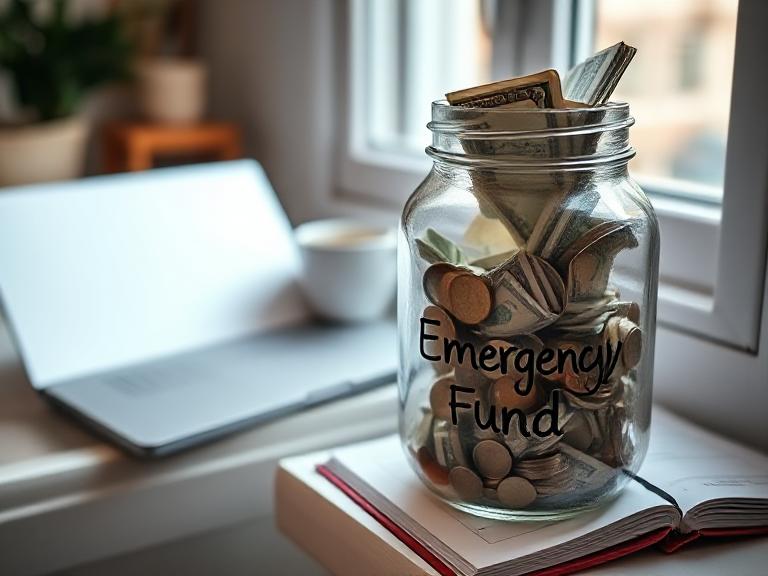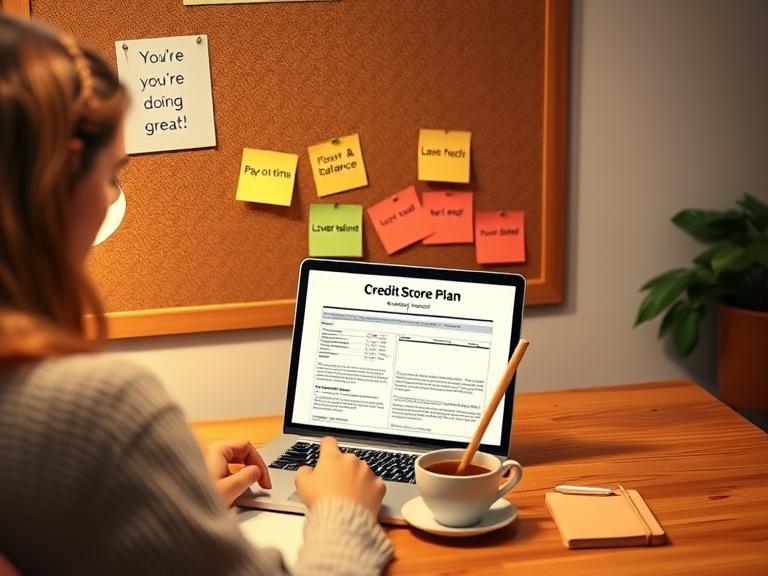Imagine this: your car breaks down, your pet needs surgery, or you suddenly lose your job. Most people aren’t prepared for these moments, and it only takes one emergency to throw everything off track. That’s where an emergency fund comes in. It’s not just a savings account—it’s your personal safety net.
In this guide, we’ll break down everything you need to know about emergency funds in a realistic, non-scary way. No guilt. No shame. Just practical advice to help you get peace of mind, one step at a time.
What Is an Emergency Fund?
An emergency fund is money you set aside for unexpected expenses. It keeps you from going into debt when life throws you a curveball.
Think of it as your financial first-aid kit. You don’t use it unless you really need it.
Examples of emergencies:
- Job loss or pay cut
- Medical or dental bills
- Car or home repairs
- Vet bills
- Unexpected travel (like a family emergency)
Not emergencies:
- Concert tickets
- Holiday gifts
- A new iPhone
Why Do You Need One?
Let’s be honest: emergencies will happen. The question is, will you be prepared?
Here’s why emergency funds matter:
- Avoid credit card debt: Instead of swiping your card and paying interest, you use your own cash.
- Reduce stress: Knowing you have backup money helps you sleep better at night.
- Buy time during job loss: Your fund can cover a few months of bills, giving you breathing room.
- Protect your long-term goals: You won’t need to dip into retirement or investment accounts.
Even a small emergency fund can make a big difference.
How Much Should You Save?
There’s no one-size-fits-all, but here’s a helpful guide:
- Starter fund: $500 to $1,000
- Ideal if you’re just beginning or paying off debt
- Standard fund: 3 to 6 months of living expenses
- Rent, food, utilities, insurance, transportation, minimum loan payments
Example: If your monthly essentials total $2,000, aim for:
- 3 months: $6,000
- 6 months: $12,000
If you’re self-employed or have unstable income, lean toward 6+ months.
Where Should You Keep It?
The key is to keep your emergency fund accessible but separate from everyday money.
Best options:
- High-yield savings account: Earns interest and is easy to access when needed.
- Money market account: Offers slightly higher interest but may have minimums.
Avoid:
- Investing your emergency fund (you need it stable, not exposed to market dips)
- Hiding it in a checking account (too easy to spend!)
How to Build It (Without Feeling Overwhelmed)
Saving a few thousand dollars can feel impossible. But it doesn’t have to be. Here’s how to break it down:
1. Set a micro-goal
Instead of saying “I need $6,000,” start with: “I’m saving $100.” Then level up.
2. Automate savings
Set up an automatic weekly transfer—even $10 adds up.
3. Save your windfalls
Tax refund? Birthday money? Side hustle cash? Funnel it into your emergency fund.
4. Cut one small expense
Cancel one subscription or swap one takeout meal per week. That’s easily $40/month.
5. Round up your purchases
Apps like Acorns round up purchases to the nearest dollar and save the change.
6. Use the “No-Spend Weekend” challenge
Commit to one weekend a month with zero spending. Move the savings into your fund.
Make It Visual and Motivating
Watching your progress keeps you motivated.
Ideas:
- Use a tracker to color in boxes for every $100 saved
- Name your fund something inspiring (like “Peace of Mind Fund”)
- Celebrate milestones: Every $500 is a win!
When Should You Use It?
Only in true emergencies. If you’re not sure, ask:
- Is it unexpected?
- Is it urgent?
- Is it necessary?
If the answer to all three is yes, use the fund. That’s what it’s for!
Important: Refill it as soon as you can after using it.
What If You Already Live Paycheck to Paycheck?
Start where you are. Even $5/week is better than nothing.
Tips:
- Look for small side hustles: freelance gigs, pet sitting, surveys
- Sell unused items around the house
- Cut one bill: Negotiate your phone or internet plan
Progress is progress. Don’t compare yourself to others—your only goal is to be better than yesterday.
Emergency Fund vs. Other Savings
People often confuse emergency funds with other types of savings. Here’s the difference:
| Fund Type | Purpose | Access Level |
|---|---|---|
| Emergency Fund | True emergencies | Easy |
| Vacation Fund | Travel and leisure | Moderate |
| Sinking Fund | Known upcoming expenses (car tags, holidays) | Easy |
| Retirement Savings | Long-term future (401k, IRA) | Restricted |
Each has its place. But your emergency fund should come first.
Final Thoughts: Future You Will Be Grateful
Life is full of surprises. Some are wonderful. Some are… less so. An emergency fund gives you control, even when things feel out of control.
Start small. Stay consistent. Celebrate progress.
Because peace of mind isn’t something you buy. It’s something you build.








